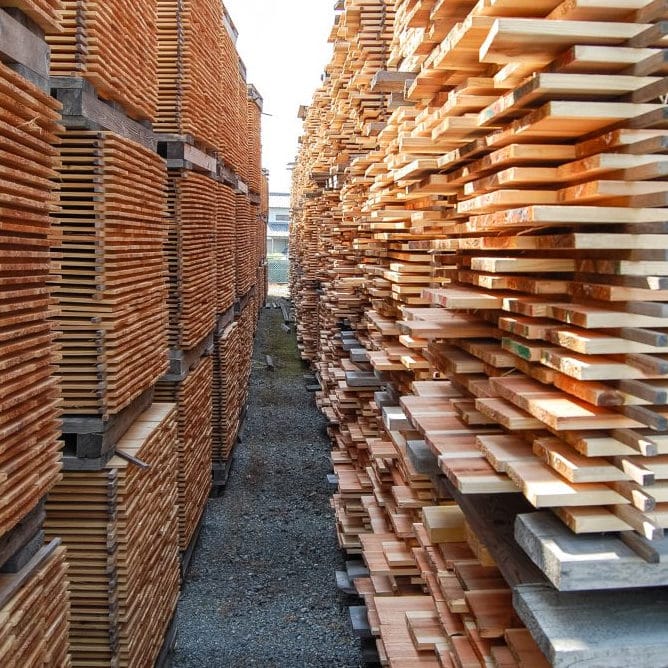Weather Resistand Cladding Solutions

Martin Gottschlich
Weather-Resistant Wood for Facades:The Benefits of Sugi and Traditional Yakisugi
The facade of a building is not only an aesthetic statement but also the first layer of protection against weather conditions. Choosing the right material is therefore crucial. Wood, as a natural building material, offers a warm and elegant aesthetic, but not all types of wood withstand the forces of nature long-term. A particularly well-proven solution is Sugi (Japanese cypress), which, through the traditional Yakisugi technique, is refined into an extremely durable and long-lasting facade material.
Sugi – The Ideal Wood for Facades
Sugi, also known as Japanese cypress, has been valued for centuries for its outstanding properties in construction. It is particularly suitable for facades due to the following advantages:
Natural Resilience
Sugi wood boasts a naturally high tannin content, which protects it from decay without the need for additional treatments. Unlike larch or spruce, it is virtually resin-free, meaning common issues such as resin pockets bursting open or sap leaking out over time are rarely a concern.
Exceptional Durability
Sugi is naturally long-lasting and falls into Durability Class 2, making it more resistant to decay compared to larch (Class 3) and spruce (Class 3–4). This natural durability makes it an excellent choice for exterior applications.
Remarkable Dimensional Stability and Straight Grain
With its outstanding stability and straight grain, Sugi is an ideal material for facade boards. It is easy to work with and maintains its aesthetic appeal even after many years or decades.
Lightweight and Soft Texture
Compared to hardwoods, Sugi is significantly lighter, making it easier to process and install. Its relatively soft texture also makes it particularly well-suited for carbonisation, a controlled charring process that creates a beautiful, long-lasting charred layer with strong adhesion to the wood surface.


The Yakisugi Technique – Natural Refinement Through Fire
Yakisugi (also known as Shou Sugi Ban) is a centuries-old Japanese wood refinement technique in which the surface of Sugi wood is carefully charred. This process not only enhances the wood’s aesthetics but also offers several functional advantages:
Increased Weather Resistance
The charred surface acts as a protective shield, safeguarding the wood against rain, moisture, and intense sunlight.
Extended Lifespan
Through heat treatment, the wood becomes more resistant to decay and mould, significantly increasing its longevity.
Natural Protection Against Insects
Many wood-destroying insects and fungi feed on the cellulose within the wood. However, the charring process removes this food source, making the wood unappealing to pests.
Low Maintenance Requirements
Unlike other wooden facades, Yakisugi requires minimal upkeep. Thanks to its heat treatment, the wood is naturally preserved and does not require regular coatings or finishes.
Aesthetic Versatility
Yakisugi offers a range of surface finishes – from deep black charred to lightly brushed textures – allowing for a distinctive and unique appearance on any building.

Conclusion
For those seeking a weather-resistant, sustainable, and aesthetically appealing wooden facade, Sugi and the traditional Yakisugi technique are the perfect choice. The combination of natural durability, minimal maintenance, and timeless elegance makes Yakisugi one of the best materials for both modern and traditional architecture.
Additionally, its sustainable production contributes to environmentally conscious building – an investment that pays off in the long run.

 EU (English)
EU (English) DE (Deutsch)
DE (Deutsch) FR (Français)
FR (Français) UK (English)
UK (English)

